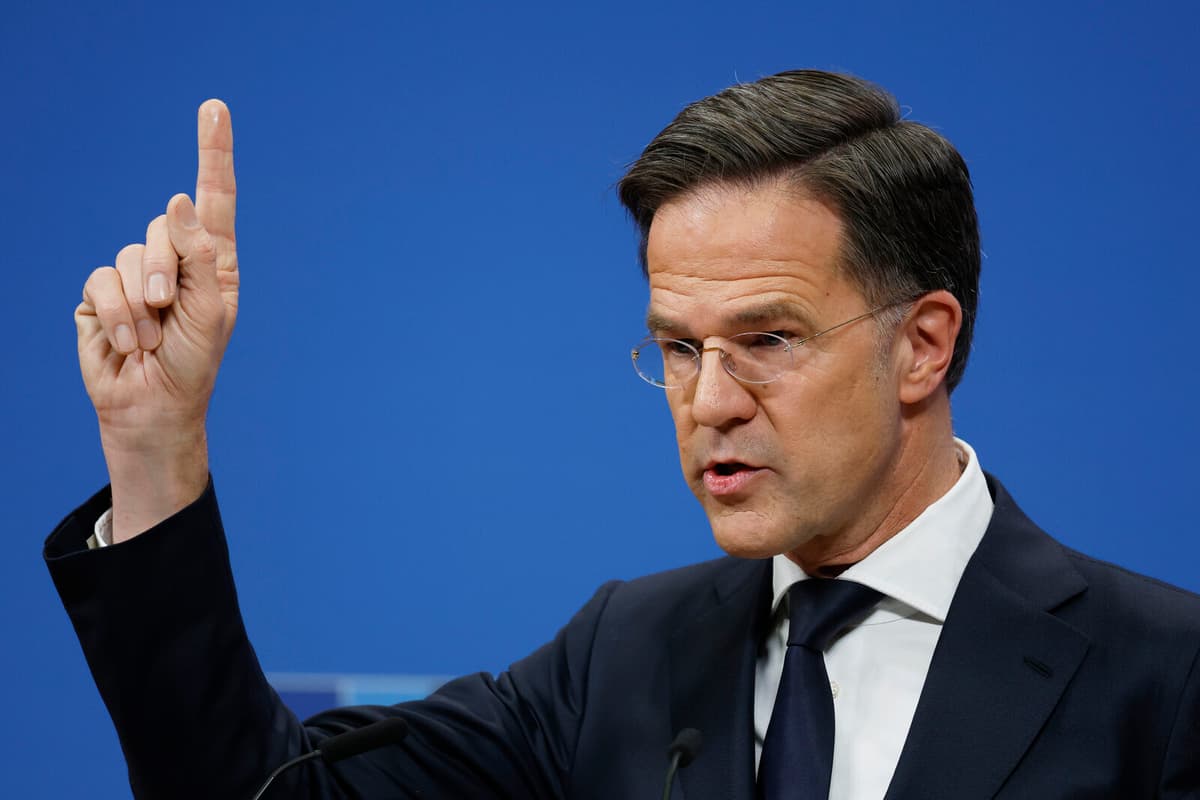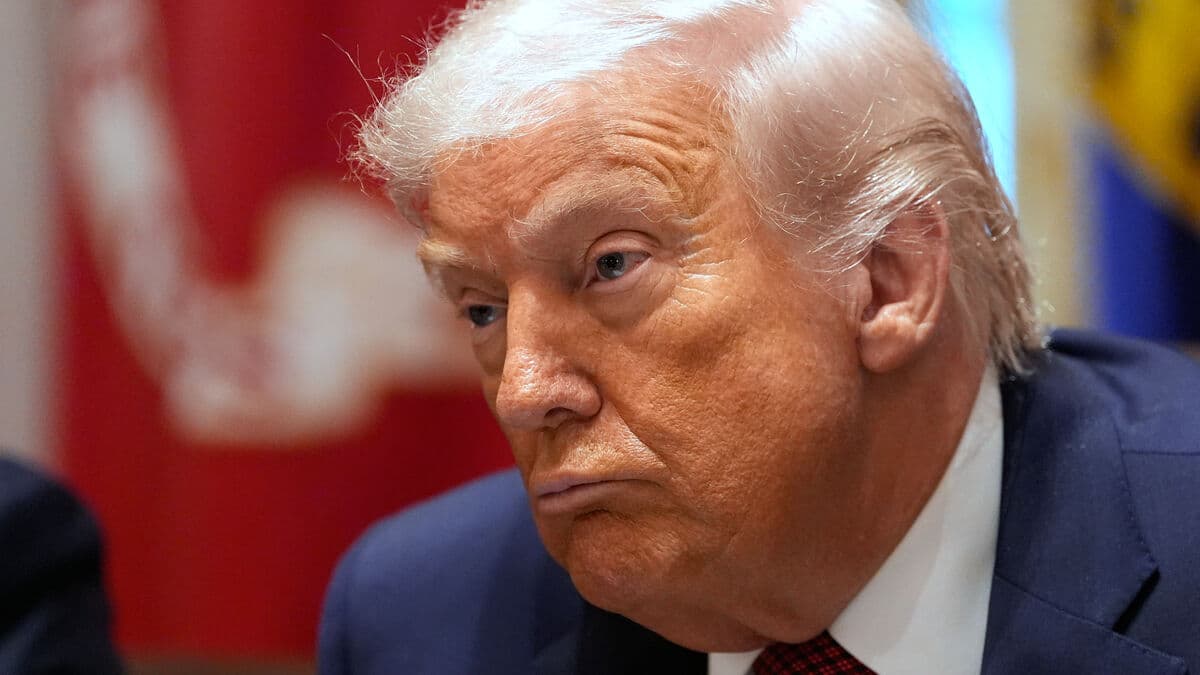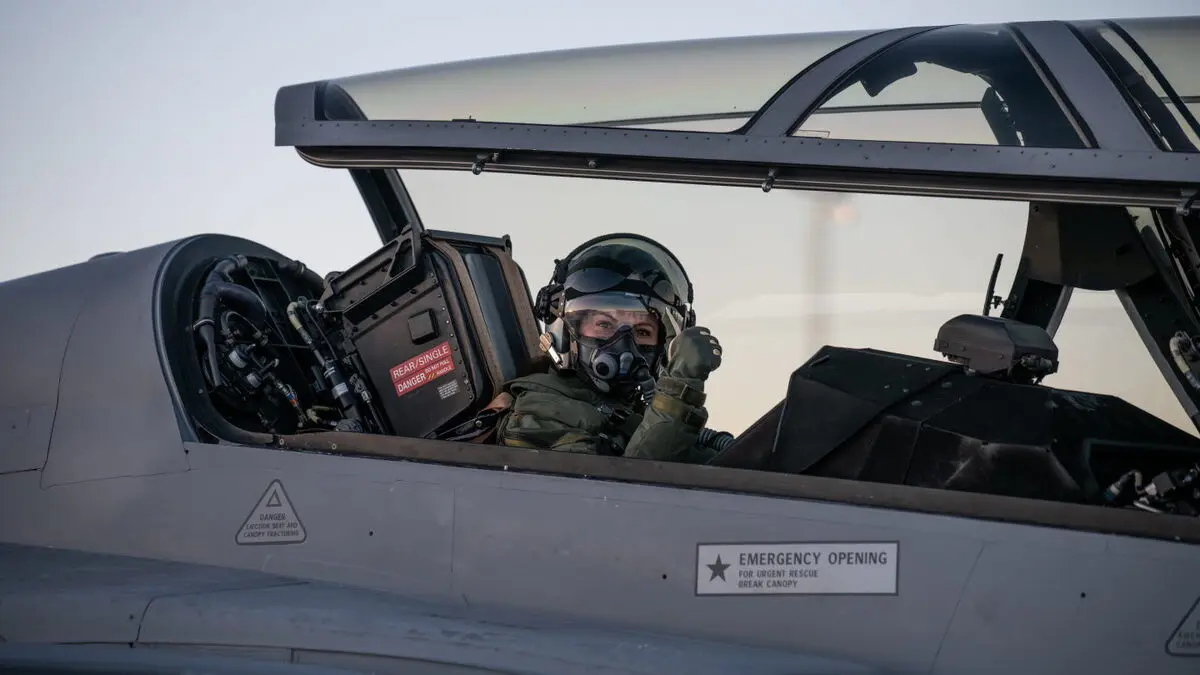The new US Defense Minister Pete Hegseth spoke plainly about most things when he participated in his first so-called Ramstein meeting at the NATO headquarters in Brussels on Wednesday.
Not least, it was about the money and how much in relation to their GDP that NATO countries should spend on defense.
President Trump has urged five percent. And I agree, said Hegseth.
He also promised that the US does not intend to abandon NATO – but the message comes with a warning.
The US will no longer tolerate an unbalanced relationship that encourages dependence.
"North of three"
Five percent is, however, a sum that not even the US is close to achieving. Currently, only Poland and the Baltic countries, which have made significant investments in recent years due to their proximity to Russia, have a realistic chance of reaching such figures.
NATO Secretary-General Mark Rutte is counting on a significant increase compared to today's target of two percent.
I expect it to be north of three percent, says Rutte with a typical NATO phrase.
But I'm not locking myself into a figure now, as we are still in an early stage.
Decision in The Hague?
Negotiations about the percentage are likely to continue throughout the spring until NATO's next summit in The Hague at the end of June, with Donald Trump as a key figure.
Sweden's Defense Minister Pål Jonson (M) notes that Sweden has already doubled its defense budget over four years and is now aiming to reach 2.6 percent by 2028. But he does not want to speculate about what a future target should be.
We are not willing to say an exact figure now, but it has to do with NATO's military capability goals being decided during the spring, and then we'll know what's required to maintain NATO's deterrent and defense capabilities, says Jonson in Brussels.
Hegseth invited
What NATO does in the Arctic will also be discussed extensively during the spring, following Trump's statements about Greenland. The situation in the north – albeit somewhat further down – was also something that Jonson brought up with Norwegian-born Pete Hegseth when they had their first meeting on Wednesday.
It's one thing to survive in that environment, but another to be able to wage war. It was easy for him to relate to since he's from Minnesota. We talked a bit about the connection to the Scandinavian settlements there and invited him to Sweden, says Jonson.
Here are the NATO countries' defense expenditures for 2024, as a percentage of their GDP:
Poland: 4.12
Estonia: 3.43
USA: 3.38
Latvia: 3.15
Greece: 3.08
Lithuania: 2.85
Finland: 2.41
Denmark: 2.37
United Kingdom: 2.33
Romania: 2.25
North Macedonia: 2.22
Norway: 2.20
Bulgaria: 2.18
Sweden: 2.14
Germany: 2.12
Hungary: 2.11
Czech Republic: 2.10
Turkey: 2.09
France: 2.06
Netherlands: 2.05
Albania: 2.03
Montenegro: 2.02
Slovakia: 2.00
Croatia: 1.81
Portugal: 1.55
Italy: 1.49
Canada: 1.37
Belgium: 1.30
Luxembourg: 1.29
Slovenia: 1.29
Spain: 1.28
Note: Member no. 32, Iceland, has no defense of its own.
Source: NATO





